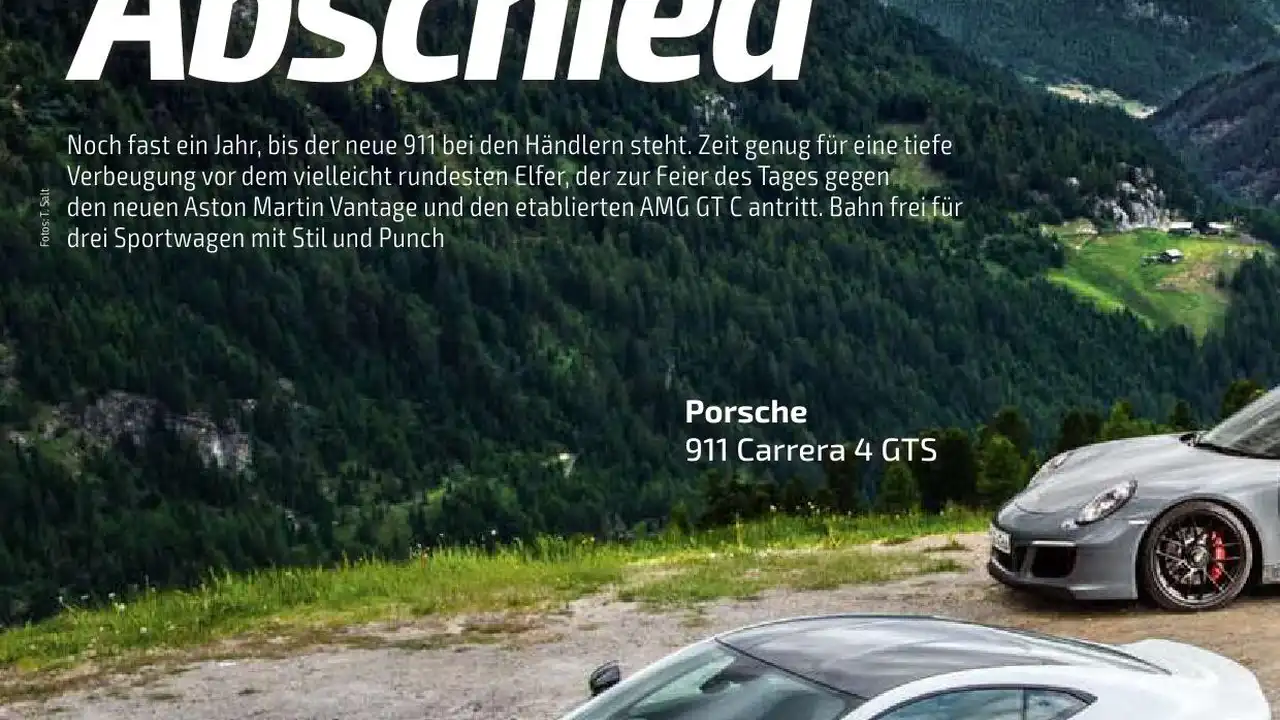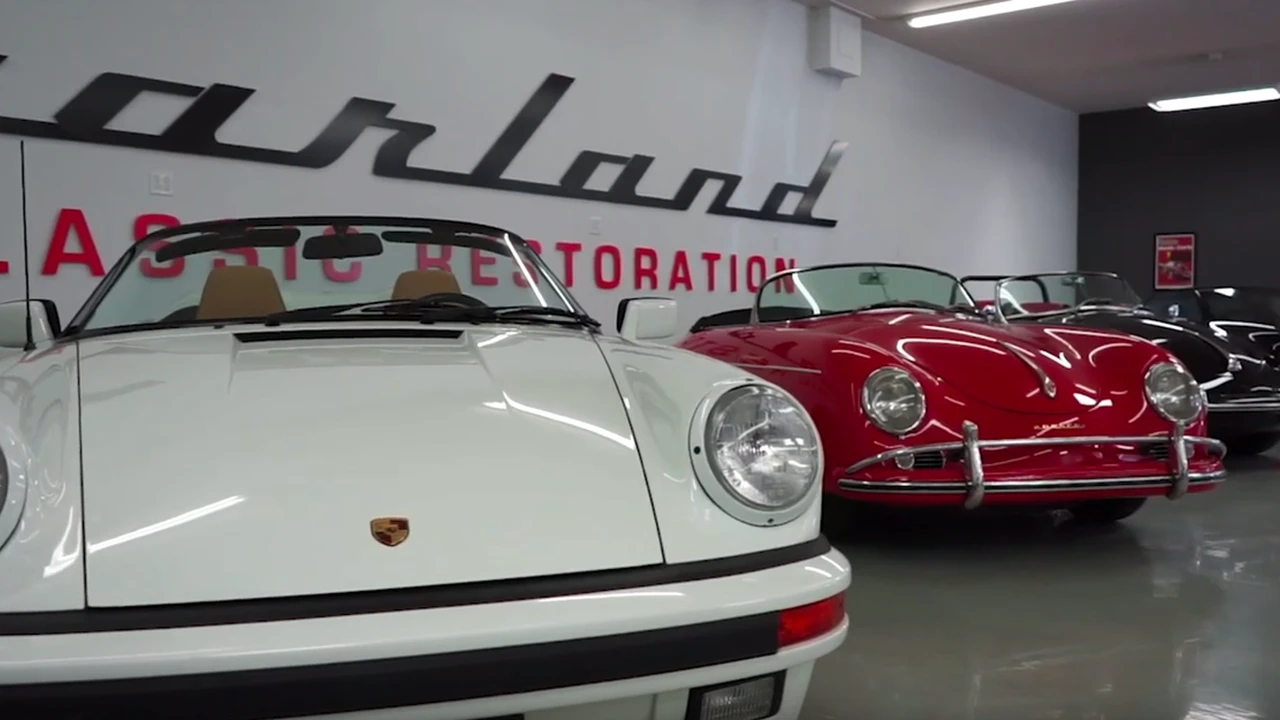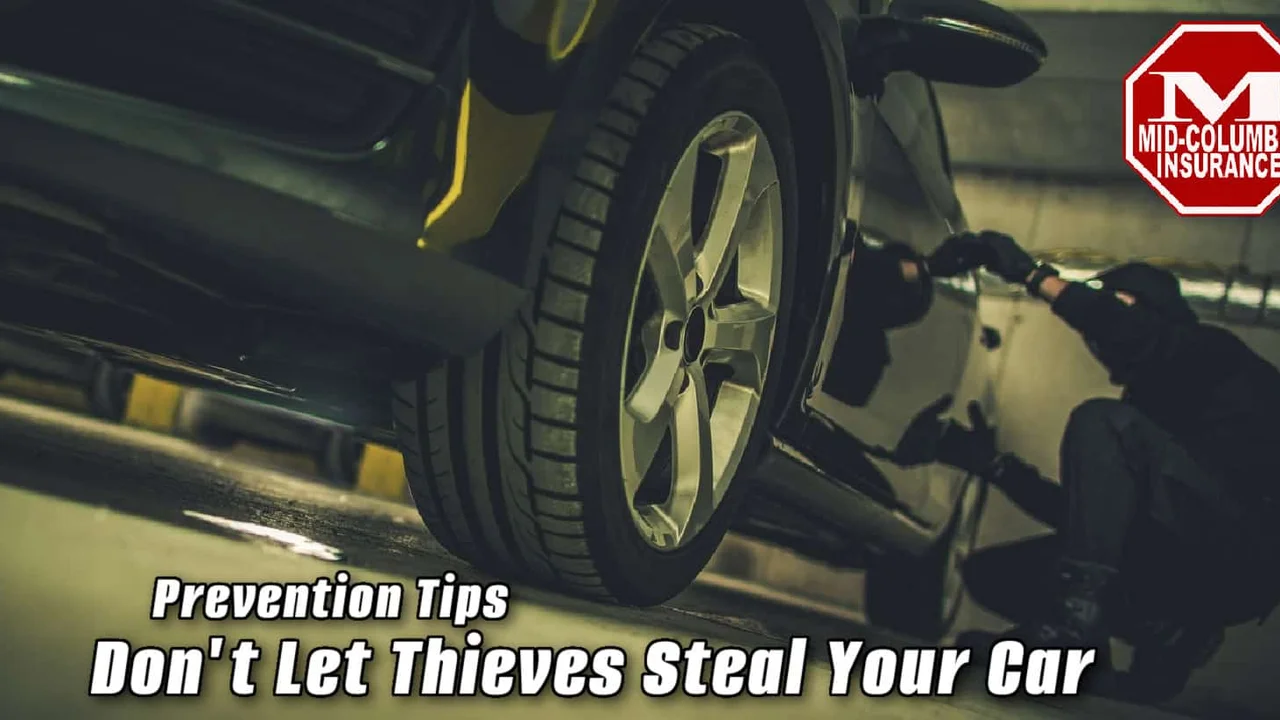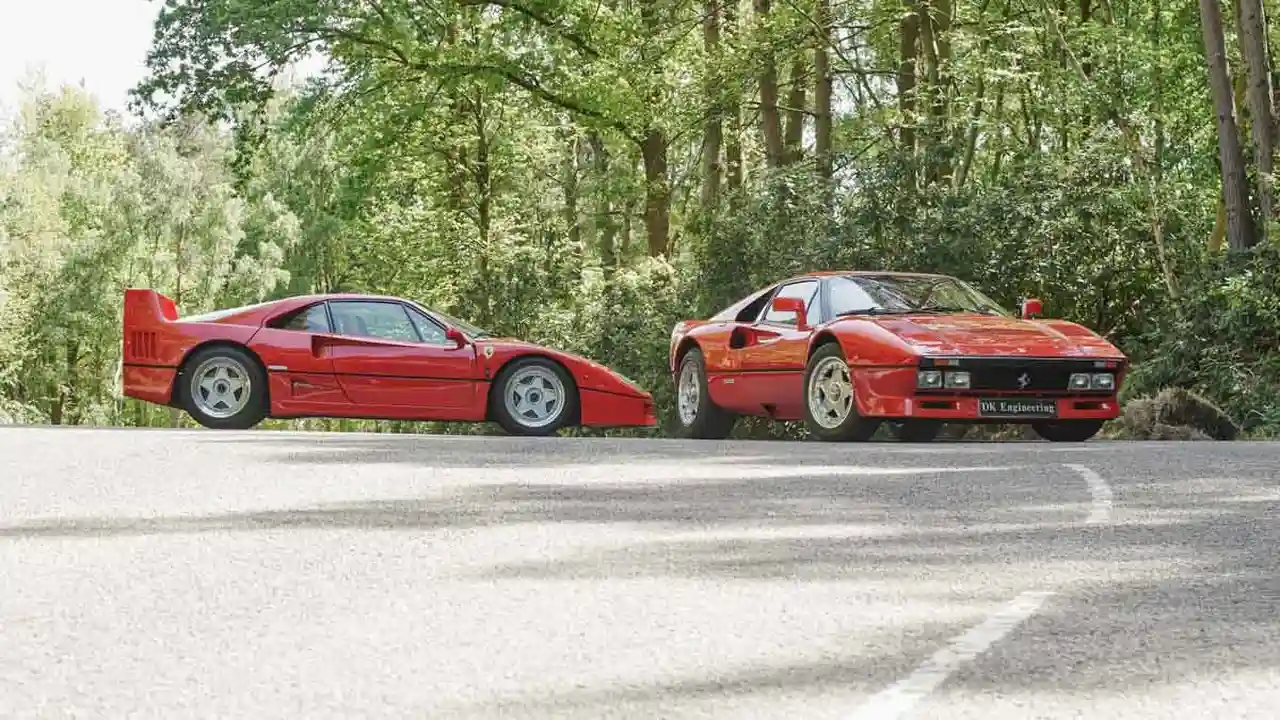Porsche 356 Buyer's Guide What to Consider Before Buying
Normal text: A comprehensive buyer's guide for the Porsche 356. Essential tips on what to look for, common issues, and valuation advice.
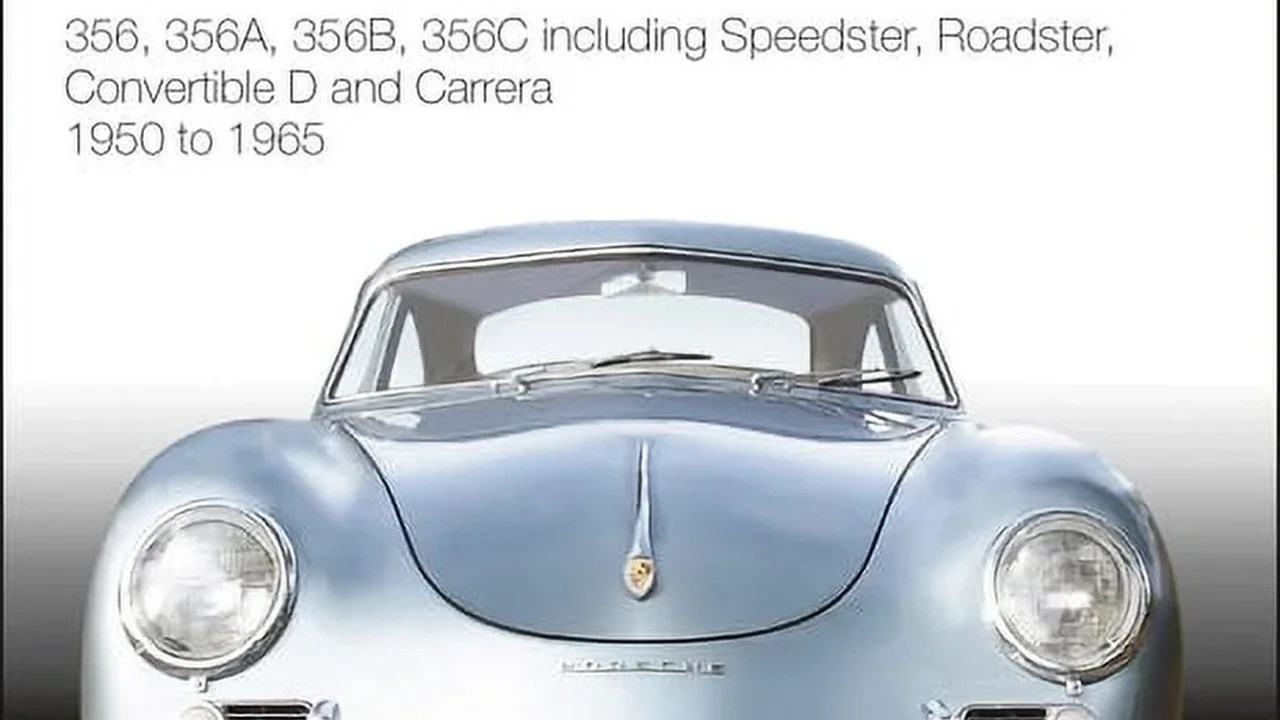
Understanding the Porsche 356 A Classic Icon
So, you're thinking about buying a Porsche 356? Excellent choice! These little beauties are icons for a reason. They're fun to drive, gorgeous to look at, and a solid investment – if you do your homework. This guide is designed to help you navigate the often-tricky world of 356 ownership, whether you're a seasoned collector or a first-time classic car buyer. We'll cover everything from identifying different models and common problems to valuation tips and recommended products.
Porsche 356 Model Variations A Quick Overview for Buyers
First, let's get familiar with the different 356 variations. Knowing the specifics is crucial for pricing and assessing condition.
* 356 (1948-1955): The original! These are the rarest and most valuable. Look for split windshields (very early models) and pre-A features.
* 356A (1955-1959): A significant update with improved engines and styling. The 1600 engine became standard. This is a popular and relatively accessible choice.
* 356B (1959-1963): Further refinements, including revised headlights and bumpers. The T5 and T6 body styles fall within this range.
* 356C (1963-1965): The final iteration, featuring disc brakes and the most powerful engines. Considered the most refined and easiest to live with.
Key Areas to Inspect When Buying a Porsche 356 Common Problems
Okay, you've found a 356 that piques your interest. Now it's time to get down to brass tacks. These are the critical areas to inspect:
* Rust: This is the *big one*. 356s are notorious for rust, especially in the floors, rocker panels, battery box, and around the windshield and headlights. Get a magnet and check suspicious areas. Bubbling paint is a red flag. A pre-purchase inspection by a specialist is *essential*.
* Engine: Listen for any unusual noises, check for oil leaks, and ensure the engine starts easily and runs smoothly. Compression tests are highly recommended. Originality is a plus, but a well-maintained, non-original engine is often preferable to a tired original.
* Transmission: Check for smooth shifting and any grinding noises. Rebuilds can be costly.
* Brakes: Ensure the brakes are responsive and don't pull to one side. The 356C's disc brakes are a significant advantage over earlier drum brake systems.
* Electrical System: Classic car electrical systems can be finicky. Check all lights, gauges, and switches. Wiring harnesses can deteriorate over time.
* Interior: Evaluate the condition of the seats, carpets, and trim. Originality is desirable, but comfort and usability are also important.
* Documentation: Look for any service records, ownership history, and original manuals. This documentation can significantly impact the car's value.
Porsche 356 Valuation Tips How Much Should You Pay
Valuation is a tricky subject, as prices vary widely depending on condition, originality, and model. Here's a general guideline:
* Rough Project Car: $20,000 - $40,000 (expect significant restoration costs)
* Driver-Quality Car: $40,000 - $80,000 (usable but may have cosmetic flaws)
* Excellent Condition Car: $80,000 - $150,000+ (well-maintained, original or restored to a high standard)
* Concours-Quality Car: $150,000+ (perfectly restored, museum-worthy)
Remember these are just estimates. Research recent auction results and online listings to get a better sense of current market values. Condition is paramount!
Essential Products for Porsche 356 Ownership Recommendations and Comparisons
Owning a classic 356 requires some specialized tools and products. Here are a few recommendations:
* Battery Tender: A must-have for preventing battery drain during storage. Consider the Battery Tender Plus (around $60) for reliable performance. A cheaper alternative is a basic float charger for around $30, but the Battery Tender Plus offers more advanced features like overcharge protection.
* Car Cover: Protect your 356 from dust and scratches. A custom-fit cover from California Car Cover (around $300) is a good investment. A universal car cover can be found for around $100, but the fit won't be as precise.
* Classic Car Insurance: Hagerty and American Collectors Insurance are popular choices. Get quotes from multiple insurers to compare coverage and premiums. Typical premiums range from $300 to $800 per year, depending on the car's value and your driving record.
* Porsche 356 Workshop Manual: A vital resource for DIY maintenance and repairs. Available from various online retailers for around $50-$100.
* Fuel Stabilizer: Essential for preventing fuel degradation during storage, especially with ethanol-blended fuels. STA-BIL Storage Fuel Stabilizer is a popular option (around $10).
* Detailing Products: Keep your 356 looking its best with high-quality detailing products. Meguiar's Gold Class Car Wash Shampoo and Conditioner is a good starting point (around $15).
Finding a Reputable Porsche 356 Mechanic or Specialist A Crucial Step
Unless you're a seasoned mechanic yourself, you'll need to find a reputable Porsche 356 specialist. Ask for recommendations from other owners, check online forums, and look for shops with a proven track record. A good specialist can save you a lot of time and money in the long run.
The Joy of Porsche 356 Ownership It's More Than Just a Car
Owning a Porsche 356 is an experience unlike any other. It's about connecting with automotive history, enjoying the thrill of driving a classic sports car, and being part of a passionate community. Do your research, be patient, and you'll find the perfect 356 to call your own. Happy hunting!
:max_bytes(150000):strip_icc()/277019-baked-pork-chops-with-cream-of-mushroom-soup-DDMFS-beauty-4x3-BG-7505-5762b731cf30447d9cbbbbbf387beafa.jpg)



